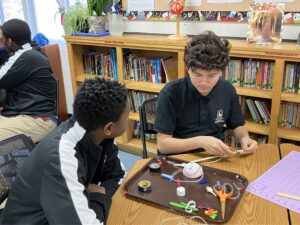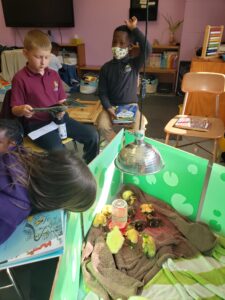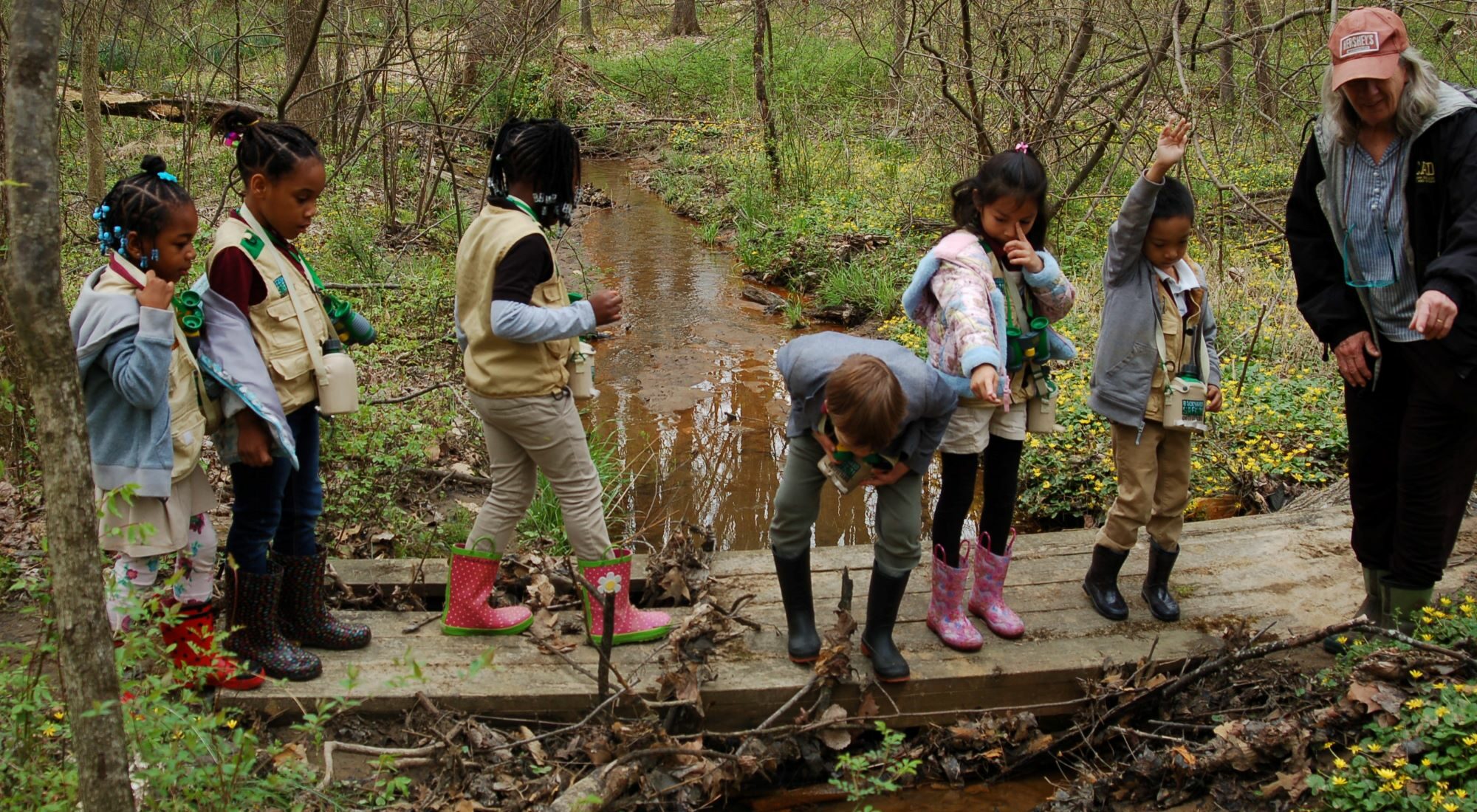Project-based learning (PBL) is a teaching method that involves students working on real-world problems to develop critical thinking, problem-solving, and decision-making skills.
PBL prepares children for adult life by implementing education that is:
- Student-centered: Students are engaged in authentic projects that are meaningful to them.
- Hands-on: Students design, develop, and construct solutions to problems.
- Collaborative: Students often work in small teams.
- Open-ended: Students engage with questions that have no single "right" answer.
- Teacher-guided: Instructors guide students rather than direct them.
 Some characteristics of effective PBL include:
Some characteristics of effective PBL include:
- A driving question or central concept
- A task, process, product, and reflection
- Students learning through investigation of defined goals
- Projects that have significance to the student
- Opportunities to work across disciplines
- Use of technologies to make communication and product realization more efficient
Read the Research:
- PBL Works: pblworks.org
- Smart Lab Learning: smartlablearning.com
- Edutopia: edutopia.org/video/introduction-project-based-learning
- Edutopia: edutopia.org/project-based-learning-parent-resources
- Edmentum: edmentum.com/articles/project-based-learning-at-home?queryId=04b15412251145dc263ac1f8ebccf068
- Sam Houston State University: https://www.shsu.edu/centers/project-based-learning/parents.html
- Green Light: greenlight.com/learning-center/parenting-and-family/project-based-learning
Lucas Education Research: lucasedresearch.org/wp-content/uploads/2022/01/LER-PBL-Parent-Resource.pdf

